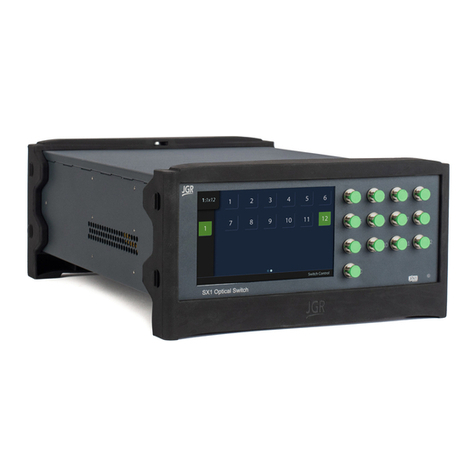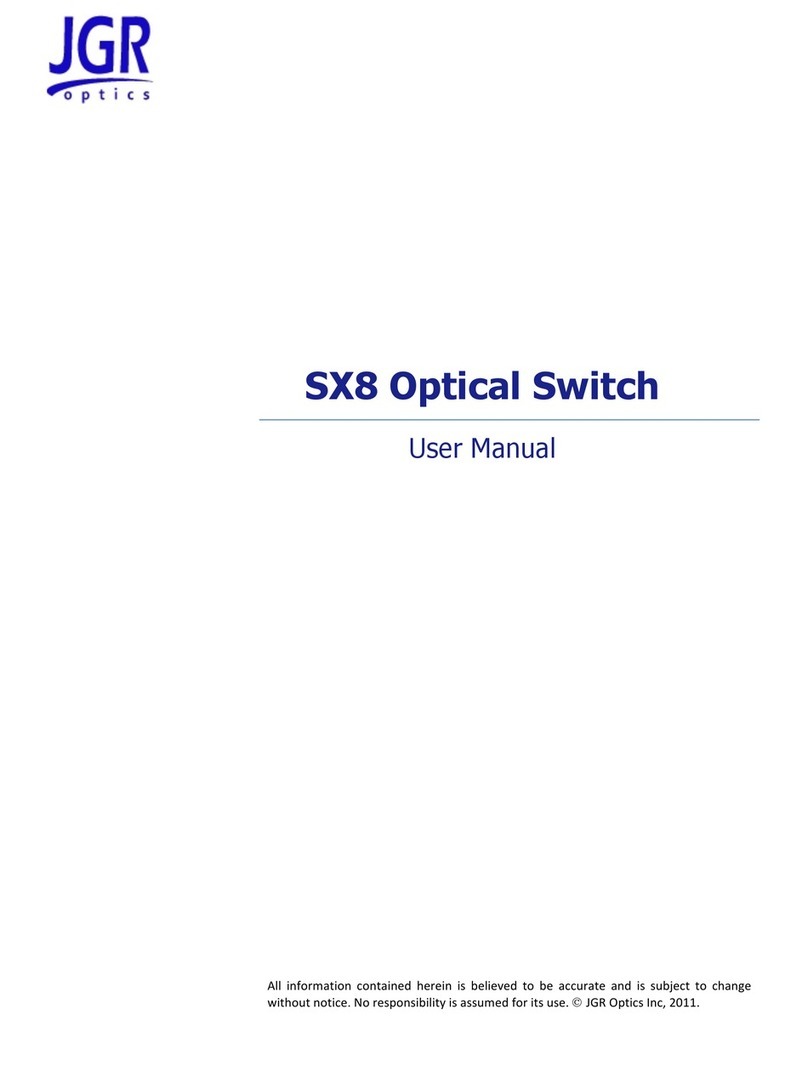
IN THIS GUIDE:
IN THIS GUIDE .....................................................................................3
GENERAL INFORMATION.................................................................5
Key Features .................................................................................. 5
Applications ................................................................................... 5
Accessories .................................................................................... 6
Specifications ................................................................................. 6
Compliance .................................................................................... 7
FDA-CDRH Compliance ............................................................. 7
CSA / IEC Compliance ............................................................... 7
GETTING STARTED ............................................................................8
Initial Inspection............................................................................. 8
Operational Requirements .............................................................. 9
Product Overview........................................................................... 9
Front Panel and Key Description................................................ 9
Rear Panel ......................................................................... 10
OPERATION ....................................................................................... 11
Powering Up the Switch ................................................................ 11
User Menu Operation ................................................................... 11
Accessing the User Menu........................................................ 11
Messages and Symbols ................................................................. 13
PROGRAMMING GUIDE.................................................................. 15
Setting up for RS-232 or GPIB communication ................................ 15
Accessing the “User Menu” mode ........................................... 15
JDSU Optical Switch Compatibility ........................................... 15
Programming over GPIB ......................................................... 15
Programming Over RS-232...................................................... 15
Syntax and Style ........................................................................... 16
Program Message Formats ..................................................... 16
Terminating a Program Message ............................................. 16
Command Header Variations .................................................. 16
Specifying the Command Path ................................................ 17
Default Commands ................................................................ 17
Implemented Status Structures ............................................... 18
Queues ........................................................................................ 24
Input Queue ......................................................................... 24
Output Queue ....................................................................... 24
Error Queue ........................................................................ `24
Description of Error Numbers ........................................................ 25
IEEE 488.2 Common Commands and the SCPI Command Tree.......... 26
IEEE 488.2 Common Commands.............................................. 26
SCPI Command Tree ............................................................... 26
Description of Individual Commands .............................................. 28
Common Commands .............................................................. 28





























